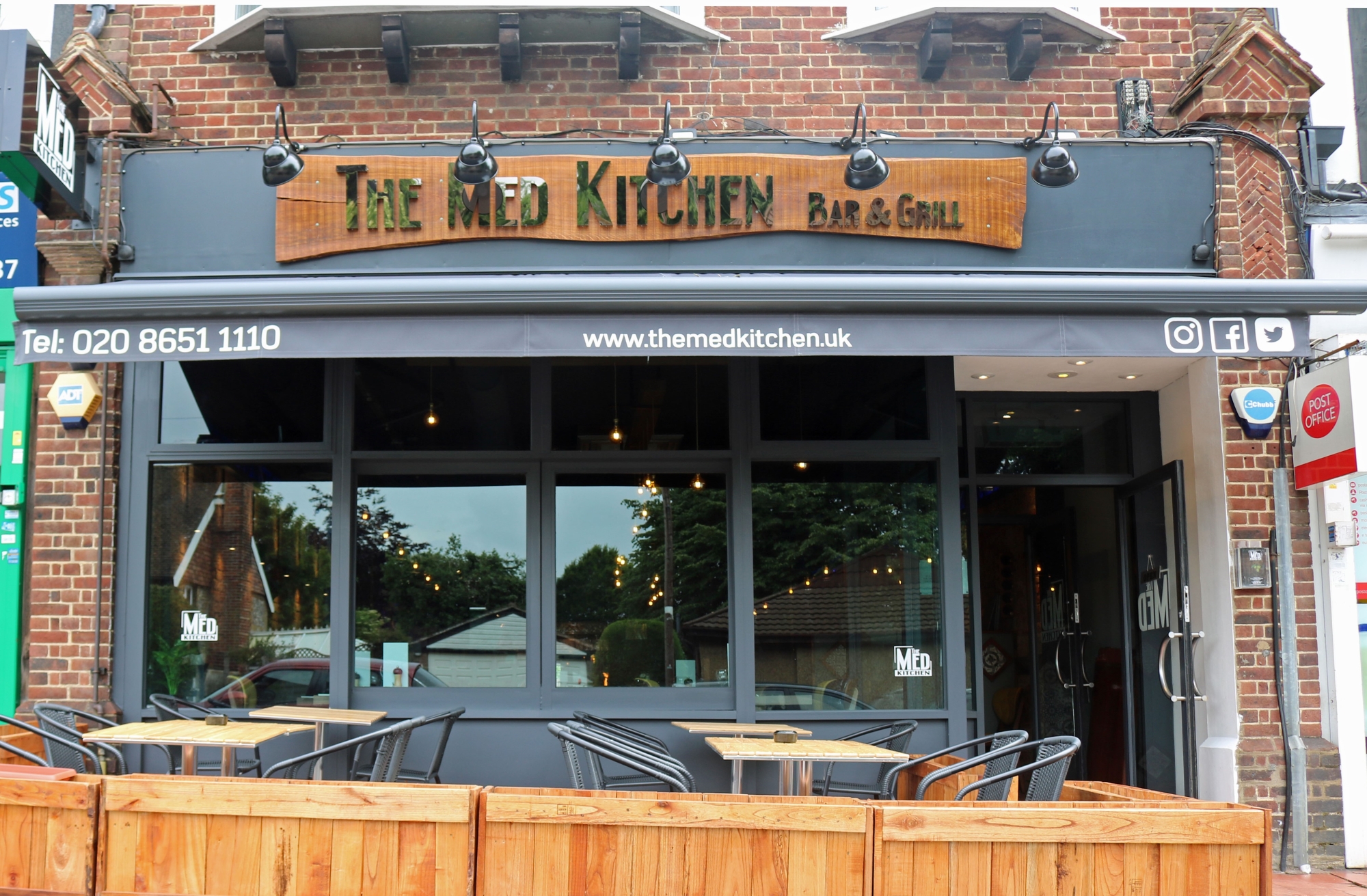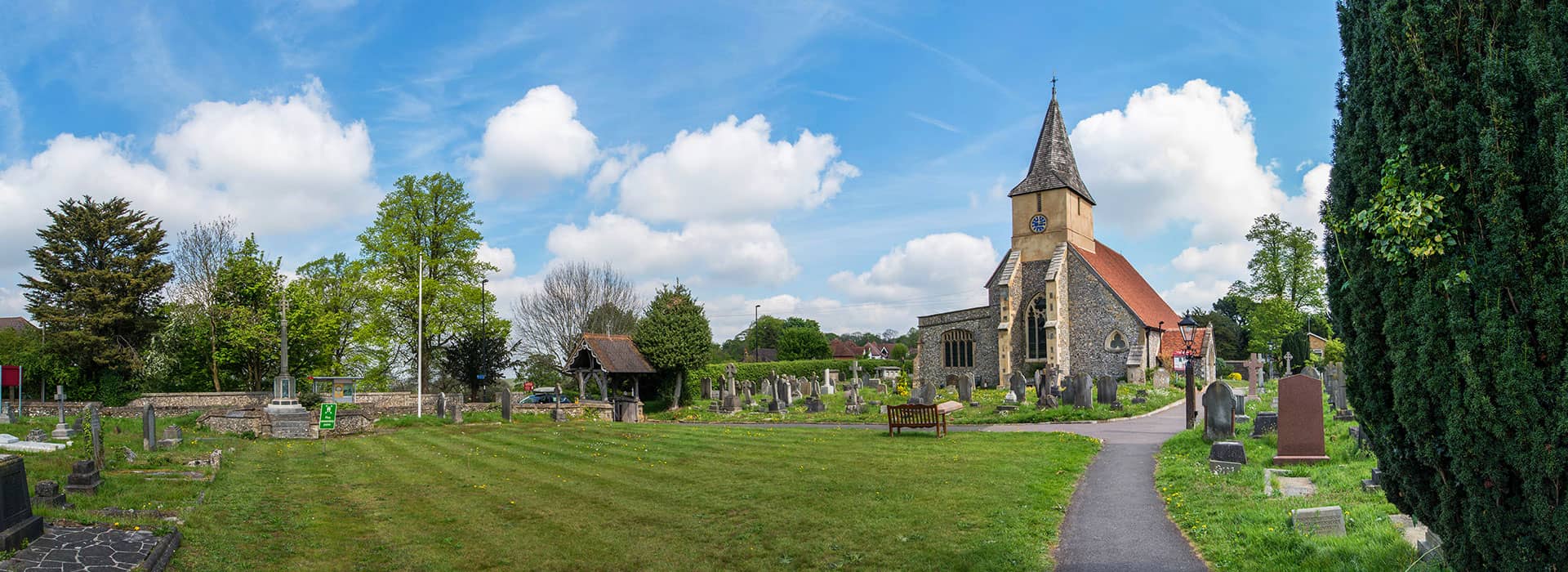Sanderstead: A village life
There are many reasons to choose to live in Sanderstead not least of which is its wonderful community spirit and vibrant village vibe. Here we take a whisle-stop tour of just a few of the reasons we love Sanderstead.
Great transport links
Situated as it is near to both the M25 and M23, the village is well-connected from a travel point of view.
If you need to commute to London then hop on the train at the village station and you’ll be at London Bridge or Victoria in around 23 minutes. Trains leave approximately every 30 minutes.

Time for a coffee?
As well as the delicious coffee you’ll find freshly baked goods, decadent plant-based treats, and a flavour-packed all-day menu. The shop also houses a low waste refillery where you can bring your own container and buy as much or as little as you want of beans, grains, spices and cleaning products. To help you live a planet- friendly, lifestyle, they also stock consciously crafted essentials for home, kitchen and personal care.

Enjoy a fabulous meal
Whether you want to eat meze style, fancy something from the grill or to tuck into one of their specials, there’s bound to be something on their menu to get the tastebuds tingling!
The green, green grass of home
 If it’s space to let the kids, dog or just you run around, then Purley Beeches has you covered. This beautiful woodland area has plenty of wide open spaces for games, dog walking and jogging.
If it’s space to let the kids, dog or just you run around, then Purley Beeches has you covered. This beautiful woodland area has plenty of wide open spaces for games, dog walking and jogging.
You’ll also find tennis courts here too which you can book online. It’s a space much loved by the locals offering, as it does, a safe, peaceful haven to enjoy getting back to nature.
It’s got a rich history

Sanderstead can trace its roots back almost 12,000 years thanks to the findings of a dig by the Sanderstead Archaeological Group in the late 1950s. Much later it appears in the Doomsday book as Sandestede and is listed as belonging to St Peter’s Abbey, Winchester. Granted to Sir John Gresham by Henry VIII, subsequent sales saw the village in the hands of the Atwood family who had a long association with Sanderstead. Gresham and Atwood now forming the names of two of the local primary schools.
The Grade II listed All Saints church has stood at the heart of the village since 1230. Inside this beautiful medieval flint church you’ll find further evidence of the village’s association with the Atwood family dating back to the time of Edward II.




